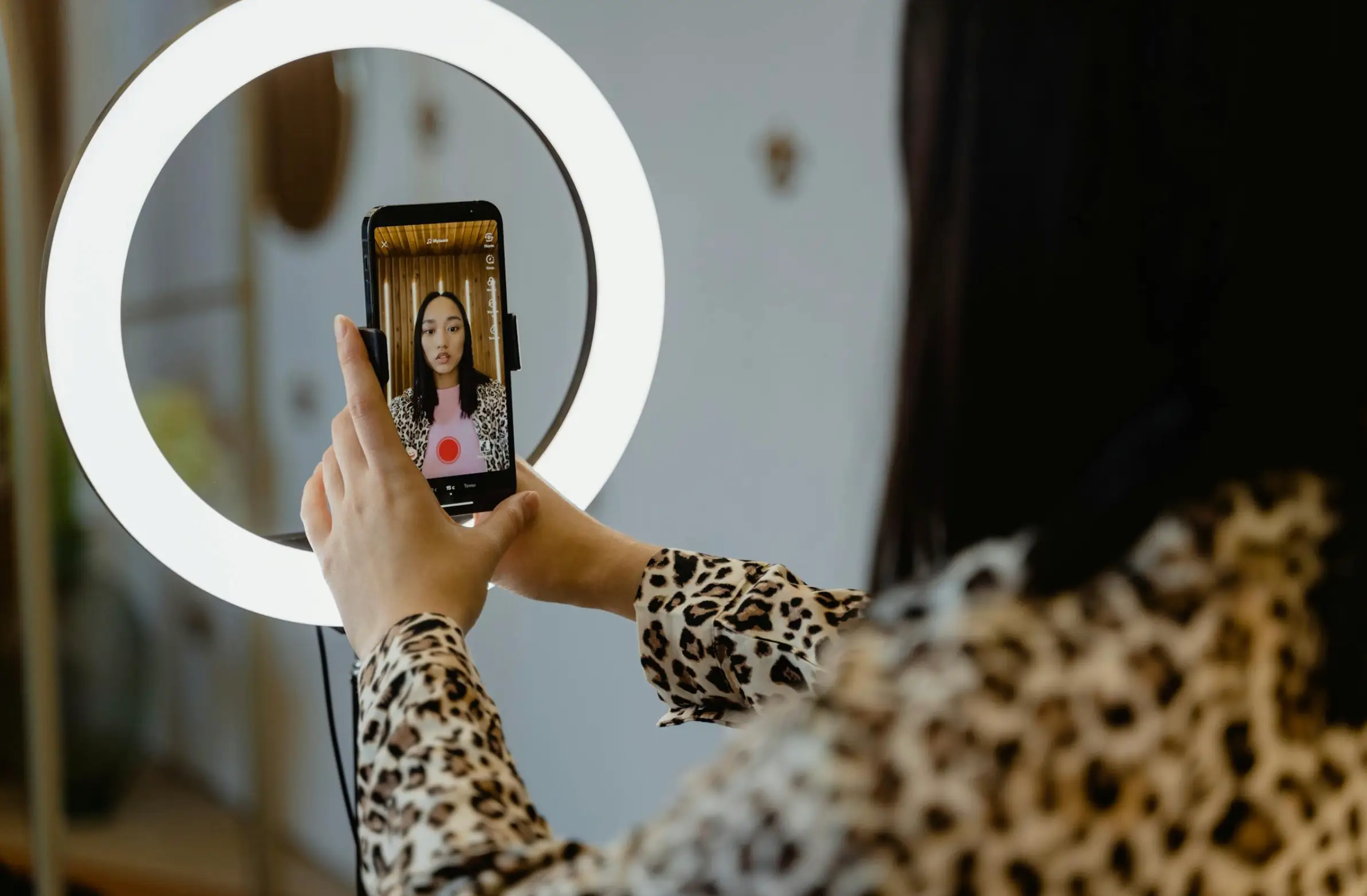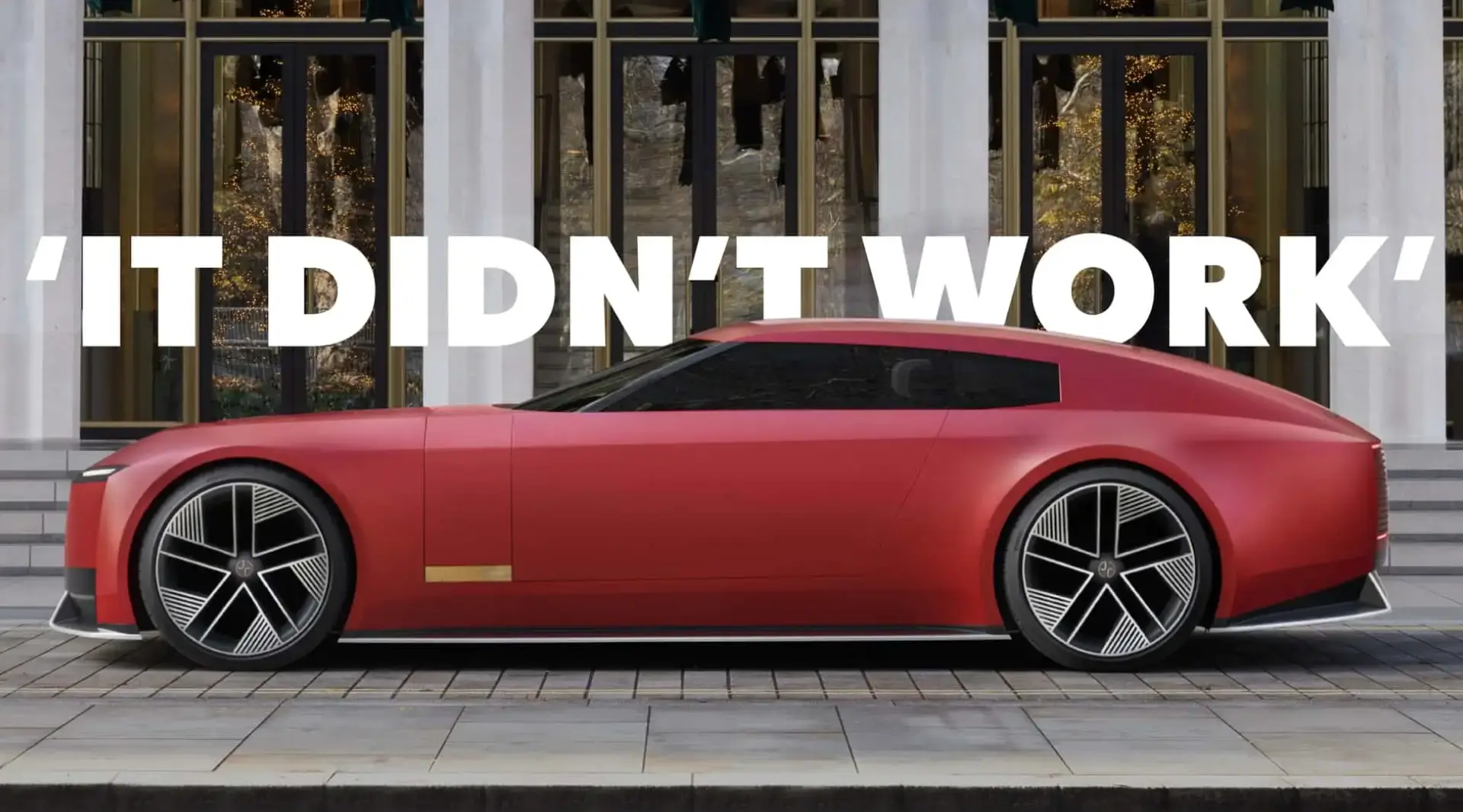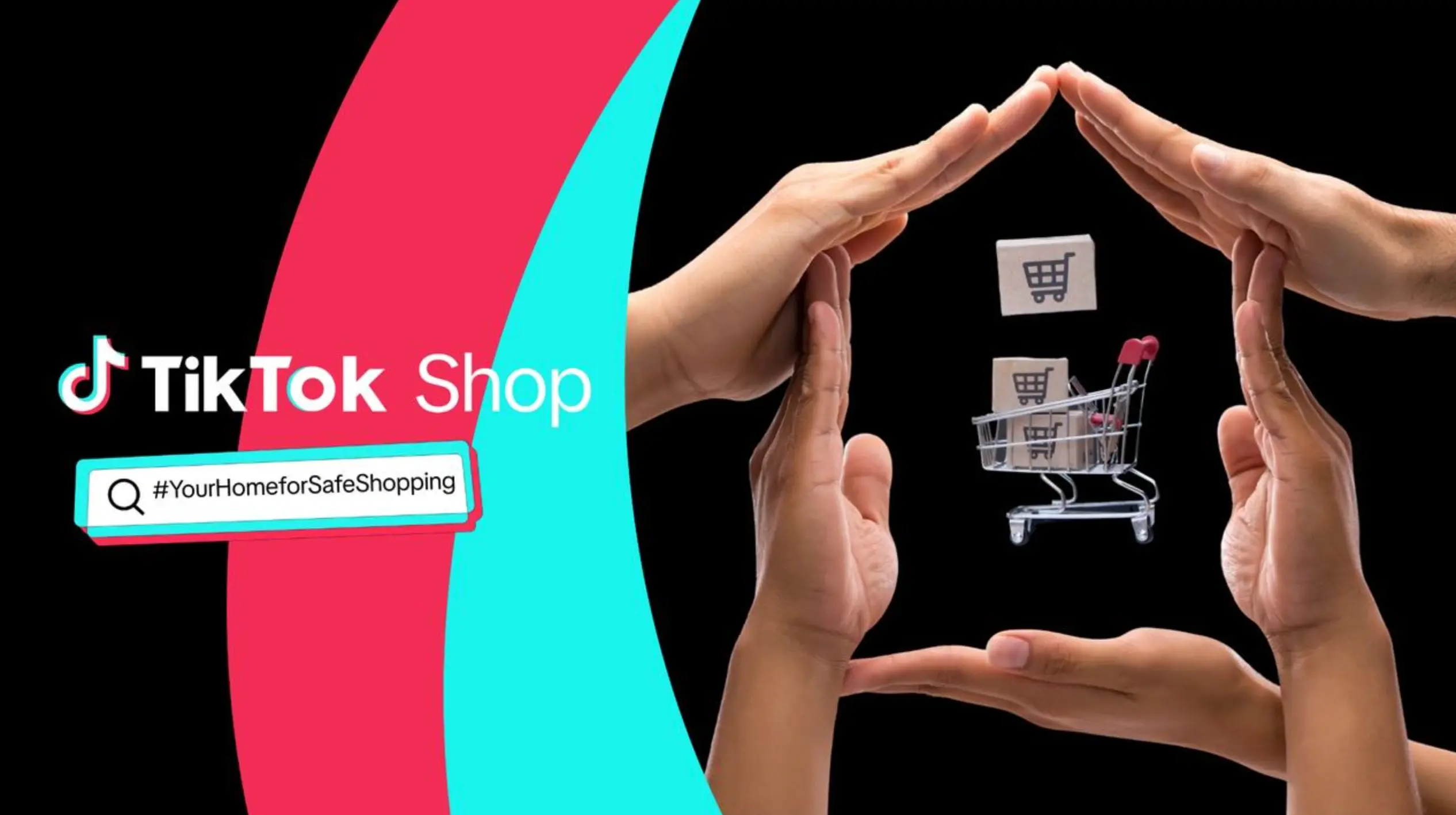Exploring the Content Landscape: UGC vs. Brand-Generated Content vs. Influencer Content
Updated on
Published on

In the realm of content creation, brands have numerous options to explore, from branded content and user-generated content (UGC) to influencer collaborations. However, navigating this complex landscape can be challenging, making it difficult to determine which types of content will effectively drive conversions for your brand.

What is Brand-Generated Content?
Brand-generated content is a vital tool in any marketing strategy, whether created by in-house marketing teams or external agencies. This type of content is carefully crafted and approved by the brand to ensure that the messaging and creatives align with the brand's values and objectives.
Essentially, brand-generated content encompasses all the posts and materials your marketing team releases. This gives you complete control over the messaging, format, and publishing schedule. It serves as a platform to establish your brand's voice, convey your values, and showcase your aesthetic. These posts are typically designed to raise awareness and keep your audience informed about your latest offerings and updates.
Unlike direct advertisements, branded content focuses on informing or entertaining the target audience. The goal is to make the brand more tangible and present it positively without overt promotion. By placing this content at various touchpoints, brands aim to increase interactions and foster long-term customer loyalty.
Through thoughtful and strategic brand-generated content, you can effectively communicate with your audience, build a strong brand identity, and enhance customer engagement.
Examples of brand content encompass a variety of engaging materials, such as:
- Announcements about upcoming events, new product launches, and product availability.
- Promotions featuring limited-time offers and special deals.
- Culture-focused content, including behind-the-scenes videos that showcase employee life and company culture.

What is User-Generated Content?
User-generated content (UGC), also known as consumer-generated content, is a dynamic and increasingly crucial component of modern marketing strategies. Unlike traditional marketing content, UGC is created by social media users who share their genuine experiences and perspectives about a brand.
Diverse Forms of UGC
UGC comes in many forms, helping brands find the right fit for their marketing needs. For instance, organic UGC is content shared voluntarily by customers, showcasing their experiences with a product or service. This type of content is highly coveted as it provides an authentic voice for the brand. Here are some of the most impactful types:
Reviews and Testimonials: Online reviews and testimonials serve as powerful social proof. Positive feedback can be shared on websites and social media, often turned into eye-catching graphics for easy sharing.

Photos: Images of customers using a product or showcasing their results are common forms of UGC. Brands can collect these photos using specific hashtags, making them easy to find and reshare.

Videos: Social media and YouTube videos, such as product hauls or reviews, are effective UGC. Brands can share these videos or snippets to highlight customer satisfaction.
Social Media Content: Simple positive mentions on platforms like X (Twitter) or Instagram can be reshared to enhance brand visibility. Screenshots or reposts can turn these mentions into engaging content.
Blog Posts: Bloggers often mention brands in their posts, either through standalone reviews or casual mentions in broader articles. Sharing these quotes on social media or websites can further spread positive word-of-mouth.
Leveraging UGC allows brands to build awareness and foster a vibrant community. By showcasing genuine endorsements from satisfied users, brands can attract new customers and create an authentic connection with their audience. Integrating UGC into your marketing strategy not only enhances engagement but also persuades prospects through real-life experiences and endorsements. Brands must have a dedicated team of creators and UGC creator platforms can help them find the best rated ones. Platforms like Influee help brands to connect with skilled creators who can produce authentic content like photos, videos, and reviews. This showcases real customer experiences with their products and services, making it a smarter way for the brands to build a real connection with the audiences.
What is Influencer-Generated Content?
Influencer content, at first glance, closely resembles branded and user-generated content (UGC). However, influencer-generated content (IGC) stands out as it is specifically created by social media influencers, often in collaboration with brands and in exchange for compensation. This partnership results in authentic, high-performing content that significantly boosts brand awareness, sales, and engagement.
IGC includes images, videos, and other creative outputs produced by influencers. It is a by-product of influencer marketing, which leverages the influencer's voice and community reach. Unlike branded content, which focuses on generating suitable content for brands through planned campaigns, influencer campaigns aim to engage a relevant target audience. Influencers create content that resonates with their followers, often leading to higher engagement and trust.
With the growing presence of AI-generated influencers and synthetic media, brands must ensure that the content they collaborate on remains authentic and trustworthy. Utilizing tools like an AI detector can help verify whether influencer content is genuinely created by real individuals or artificially generated. This added layer of scrutiny helps maintain credibility and ensures that partnerships align with audience expectations.
When done right, influencer posts can feel as organic as UGC, especially when brands partner with micro-influencers who produce relatable and authentic content. This authenticity is key to the success of IGC, as it seamlessly blends into the influencer's usual content, making it more appealing and trustworthy to its audience.

Is Influencer-Generated Content the Middle-Ground?
Both brand-generated content and user-generated content (UGC) present special advantages for marketers, but they also have drawbacks. UGC is often perceived as more trustworthy and engaging because it is created by real people, providing an authentic voice that resonates with audiences. Although UGC can be continuously sourced, its quality can vary greatly, and permission is needed before it can be modified or republished.
Conversely, brand-generated content gives you total control over the message that is being communicated. This type of content can be consistently produced, depending on the resources available, and it belongs entirely to the brand, eliminating any concerns about rights management. The authenticity of brand-generated content can vary, influenced by the brand’s voice and creative approach. However, it ensures that the intended message is delivered accurately and aligns with the brand's identity.
Influencer content serves as a crucial link between user-generated content (UGC) and in-house brand content. It allows brands to convey their messages effectively while leveraging the authenticity and personality of creators. Shoppers inherently trust the opinions of relatable, genuine creators and actively seek out their content. Unlike organic UGC, which, despite its authenticity, often falls short of being ad-ready, influencer content gives brands a degree of control over what is published. Brand-generated content, on the other hand, is polished and ready for marketing, but it usually lacks the consistency and human touch that audiences find appealing.
Influencer-generated content combines the finest aspects of both worlds to create the ideal balance. Brands can guide the content direction while empowering influencers to infuse their creativity and unique delivery style. This collaboration results in content that is both engaging and aligned with the brand's objectives, enhancing credibility and appeal to the target audience.
Conclusion
Navigating the complex landscape of content creation requires a thoughtful strategy that balances authenticity, control, and engagement. While brand-generated content offers polished, marketing-ready materials that align with brand values, it can sometimes lack the personal touch that resonates deeply with audiences. On the other hand, user-generated content brings authenticity and trust but may not always be polished or aligned with the brand’s messaging. Influencer-generated content stands out as a powerful middle ground, combining the reliability and polish of brand-generated content with the authenticity and relatability of UGC. By leveraging influencers' creativity and genuine connection with their followers, brands can create engaging, trustworthy, and impactful content that drives conversions and fosters long-term loyalty. Embracing a mix of these content types can help brands effectively communicate their message and connect with their audience in meaningful ways.







